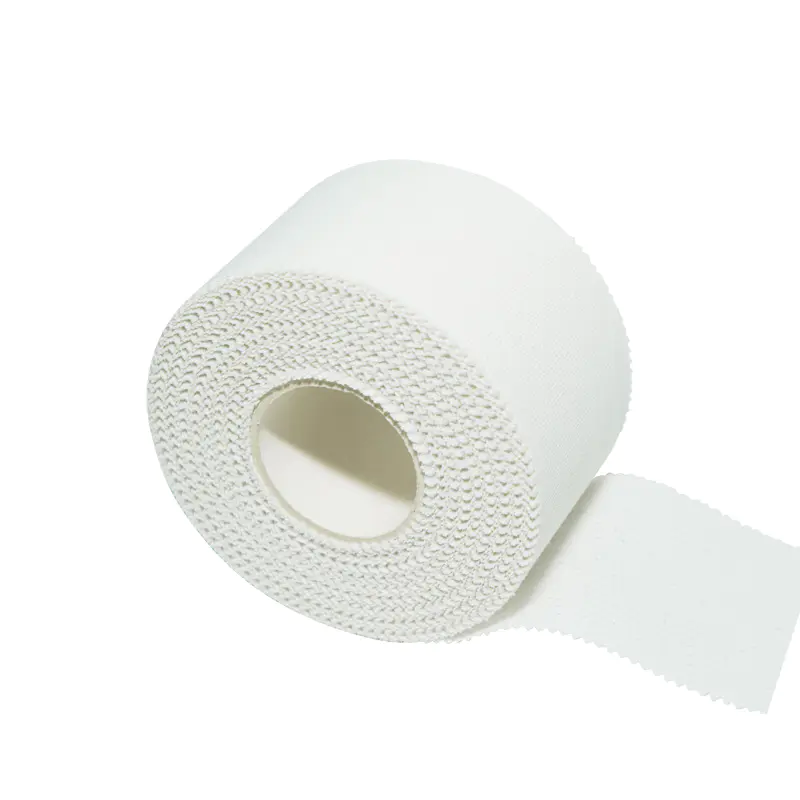Bandages are essential items in any first-aid kit, serving various purposes from supporting sprains to securing dressings. While the terms “elastic bandage” and “crepe bandage” are sometimes used interchangeably, they refer to two distinct products with fundamental differences in material, stretch, and primary application. Understanding these differences is crucial for selecting the correct type of support for a given injury.
An elastic bandage is primarily designed for compression and support. Often made from a blend of cotton and synthetic fibers like polyester, nylon, and spandex (elastane), its key feature is its significant and highly recoverable stretch. This stretch is typically due to incorporated elastic threads woven into the fabric.
Key characteristics of an elastic bandage:
The traditional crepe bandage, on the other hand, is generally made of 100% cotton or a high-cotton blend. Its distinguishing feature is its characteristic crimped or woven texture, which creates a crinkled, slightly spongy appearance—hence the name “crepe.”

Key characteristics of a crepe bandage:
| Feature | Elastic Bandage | Crepe Bandage |
|---|---|---|
| Material | Cotton/Synthetic Blend (with elastic fibers) | Primarily Cotton |
| Stretch Type | Dynamic, High Stretch, Strong Recovery (Memory) | Mechanical Stretch (due to weave), Moderate Recovery |
| Primary Function | Strong, Consistent Compression; Firm Support | Light Support; Securing Dressings; Cushioning |
| Application | Sprains, Strains, Edema Reduction | Minor Aches, Holding Dressings in Place |
| Pressure | High and sustained | Low to moderate |
In conclusion, while both are wraps used for medical purposes, their construction dictates their function. If the goal is to apply firm, consistent compression to manage swelling and stabilize a significant sprain, the durable, high-memory elastic bandage is the appropriate choice. Conversely, for securing a dressing, providing light, comfortable support, or simple coverage, the breathable and softer crepe bandage is typically preferred. Always consult a healthcare professional to determine the correct type of bandage for a specific injury.







